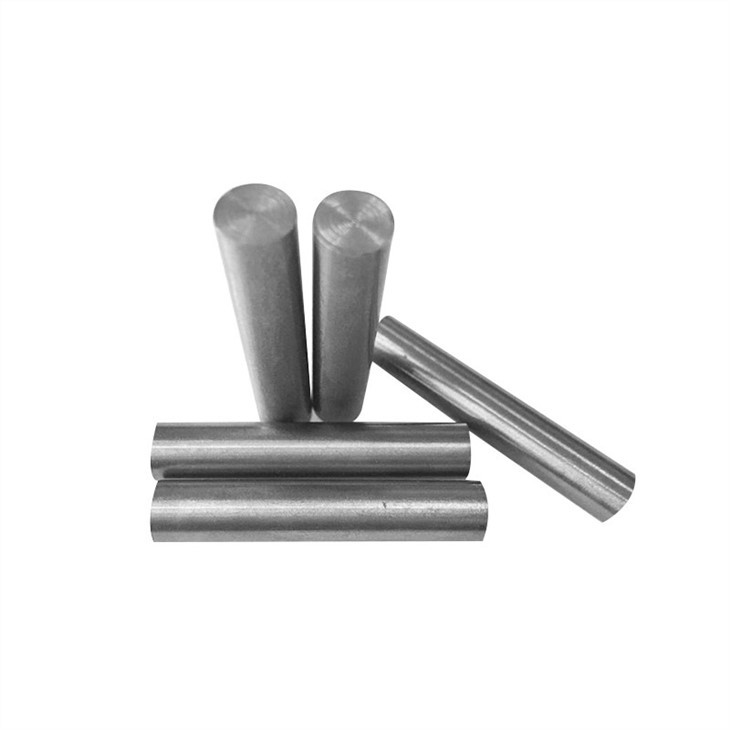Tungsten alloy plates have a high density, typically ranging from 16.5 g/cm3 to 18.75 g/cm3. This high density makes tungsten alloys among the densest materials available, second only to gold and platinum.
Tungsten alloy plates exhibit high hardness levels, providing excellent resistance to wear, abrasion, and deformation. The hardness of tungsten alloys is typically measured using the Rockwell C scale (HRC) or Vickers hardness scale (HV), with values ranging from 25 HRC to 35 HRC or higher.

Tungsten alloy plates have impressive tensile strength, allowing them to withstand high mechanical loads and stresses without deforming or breaking. The tensile strength of tungsten alloys can range from 600 MPa to 1000 MPa or more, depending on the specific composition and processing techniques used.
The yield strength of tungsten alloy plates is also significant, indicating the maximum stress that the material can withstand before undergoing permanent deformation. Tungsten alloys typically exhibit yield strengths ranging from 400 MPa to 800 MPa or higher.
Tungsten alloy plates have a high elastic modulus, reflecting their ability to return to their original shape after being subjected to deformation. The elastic modulus of tungsten alloys typically ranges from 300 GPa to 400 GPa, similar to or higher than that of steel.
Tungsten alloy plates exhibit relatively high thermal conductivity, allowing them to dissipate heat effectively. The thermal conductivity of tungsten alloys is typically around 100 W/m·K to 200 W/m·K, making them suitable for applications requiring thermal management.
While not as conductive as pure tungsten, tungsten alloy plates still exhibit moderate electrical conductivity. The electrical conductivity of tungsten alloys depends on factors such as composition and processing, with values ranging from 20% to 40% of the International Annealed Copper Standard (IACS).
Tungsten alloy plates are challenging to machine due to their high hardness and density. Specialized machining techniques and tools may be required to fabricate intricate shapes or achieve precise dimensions.
The physical and mechanical properties of tungsten alloy plates make them highly desirable for applications requiring high density, hardness, strength, and thermal conductivity, such as aerospace components, radiation shielding, military projectiles, and high-performance tooling.












